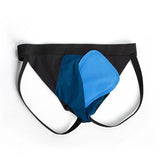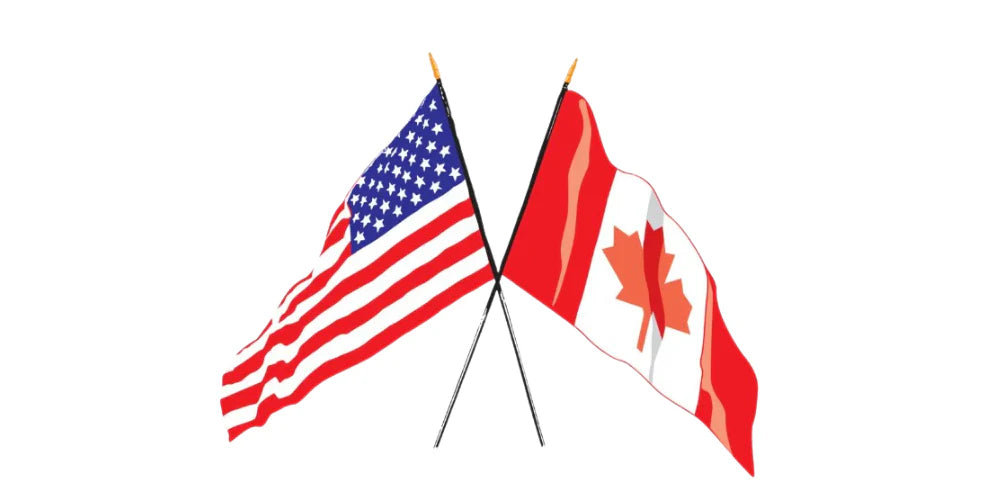
The Psychology of Incontinence. Part 1
Share

The realization that incontinence may be part of your life post-surgery or post-irradiation is generally associated with denial, anger, disappointment, and finally despair.
The final reality in all challenges is determined by the response that we choose.
First: seek education by consulting Prostate support groups, scanning the information and mis information on the internet and talking with your caregivers. For the surgeon this is not good news as about 12% of treatments end up with this problem and the continence nurse gets the call for help.
Promotion ads will usually lead you to pads which are expensive and are not really a comfortable solution. The urologist is likely to try a surgical solution which may work in 70% of men -sometimes with multiple procedures necessary. Generally the patient wants to keep urine in the bladder until convenient but a leaky sphincter will make this difficult. Kegel exercises may or may work partially or not at all.
PaceyCuff is a modern, scientifically designed type of urinary clamp, which is designed to be worn all day. It is optimal to void every 1-2 hours when using the device and a pad backup is recommended. This is our recommended solution to give you control and help relieve the depressed feelings you may have.
More on specific psychology later.
Incontinence Penile Clamps Incontinence Pads Urinary Incontinence

Pacey Cuff Incontinence Jock with reusable absorbent pads

Pacey Cuff Ultra incontinence clamp for men.
See also: The Psychology of Incontinence - Part 2

